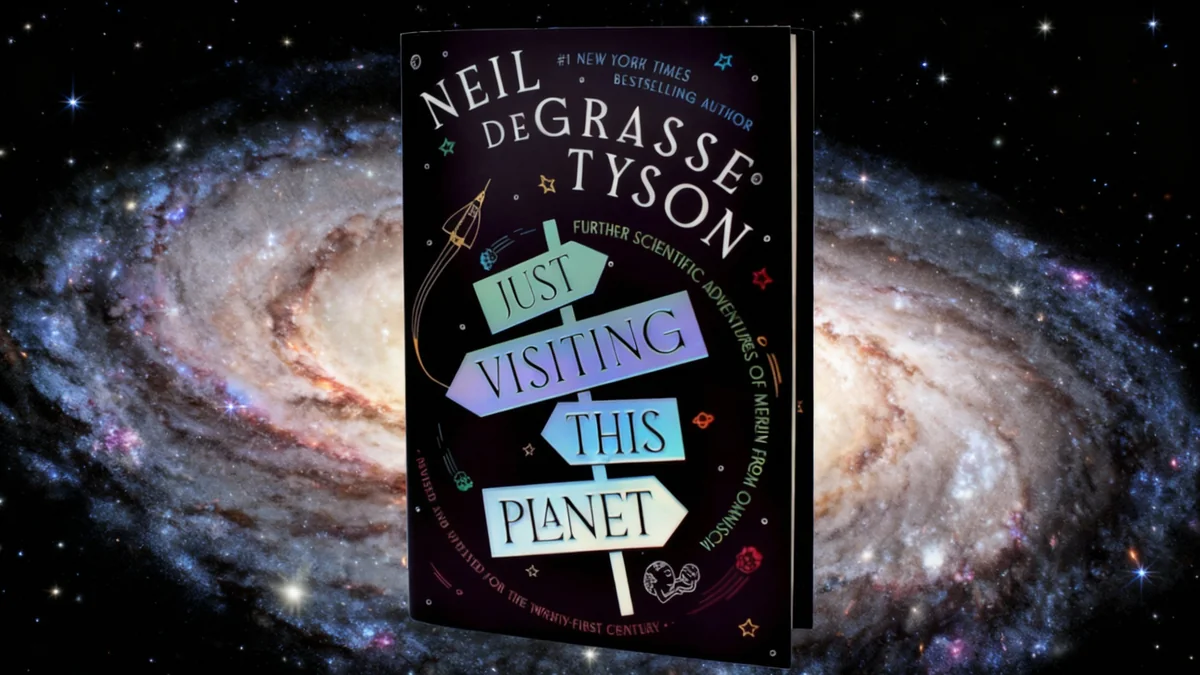Researchers have developed a new imaging chip that could significantly advance our ability to study the universe. The device, which is small enough to be integrated into existing camera systems, also has the potential to improve chemical analysis for industries like food safety and medicine here on Earth.
The technology, detailed in the journal Nature, uses a novel approach to spectroscopy, the science of analyzing light to determine the composition of matter. By overcoming a long-standing limitation in this field, the chip can capture highly detailed information from light sources with unprecedented speed and efficiency.
Key Takeaways
- A new photonic chip named RAFAEL has been created by researchers at Tsinghua University.
- The device dramatically improves spectroscopy, allowing for faster and more sensitive analysis of light.
- It overcomes the traditional trade-off between capturing high-resolution detail and collecting enough light.
- Potential applications range from mapping thousands of stars simultaneously to rapid chemical analysis of food and medicine.
A New Tool for Seeing the Unseen
For decades, scientists using spectroscopy have faced a fundamental challenge. To get a very detailed breakdown of the light from a distant star or a chemical sample, they typically have to block most of it out. This is like trying to see the fine details of a painting by looking through a tiny pinhole. You get the detail, but you lose the overall brightness and context. Letting in more light often means sacrificing that fine detail.
A team from Tsinghua University in China has addressed this problem with an innovative device they call RAFAEL, which stands for Reconfigurable, Adaptive, FAst and Efficient Lithium-niobate spectro-imager. This system replaces bulky, complex laboratory equipment with a compact, integrated chip.
The new technology is designed to make spectroscopy faster and more powerful, opening doors for discoveries in fields from astrophysics to materials science.
How the RAFAEL Chip Works
The core of the RAFAEL system is a thin layer of a synthetic crystal called lithium niobate placed directly onto a standard camera chip. Lithium niobate has unique optical properties that allow it to manipulate light in precise ways.
When a voltage is applied to the chip, the system can instantly change how each individual pixel on the camera sensor responds to light. Each pixel is programmed to encode different wavelengths, or colors, of light. This process captures a vast amount of spectral information all at once.
Once this encoded image is captured, powerful computer algorithms process the data. They decode the information from each pixel to reconstruct a complete, high-resolution picture that reveals the chemical and physical makeup of the object being observed.
What is Spectroscopy?
Spectroscopy is a scientific technique used to study the interaction between matter and electromagnetic radiation. In simple terms, it works by breaking down light from an object into its constituent colors (its spectrum). Each element and chemical compound has a unique spectral fingerprint, allowing scientists to identify what something is made of, its temperature, and its density, even from billions of light-years away.
Performance Under Pressure
To demonstrate the chip's capabilities, the research team conducted a series of performance tests. The results showed a significant leap forward in imaging efficiency.
In one test, RAFAEL achieved maximum clarity while capturing 73.2% of the incoming light. This makes it more than twice as efficient as the best comparable imaging systems currently available.
This high efficiency means the system can gather detailed information much faster, which is critical for many applications. For astronomers, it could reduce observation times from hours to minutes. For quality control in a factory, it could allow for real-time analysis of products on a production line.
"RAFAEL breaks through the inherent trade-off among sensitivity, spectral resolution and observational efficiency, paving the way for high-performance yet integrated snapshot spectroscopy," the researchers wrote in their published paper.
Mapping the Cosmos at High Speed
One of the most compelling demonstrations involved pointing the chip toward the night sky. The team integrated RAFAEL with a commercial camera lens and took a single, short-exposure image of a star field.
The result was remarkable. In that one snapshot, the system successfully captured the high-resolution spectra of 5,600 individual stars. This achievement suggests that telescopes equipped with this technology could map the universe thousands of times faster and with greater sensitivity than is possible with current instruments.
Such a capability could accelerate projects that aim to map the structure of our galaxy, identify the chemical composition of distant stars, and search for exoplanets by analyzing the light that passes through their atmospheres.
Applications Beyond Astronomy
While the potential for space exploration is vast, the RAFAEL chip's technology has significant implications for industries on Earth. The ability to perform rapid, accurate, and non-invasive chemical analysis could transform numerous sectors.
Potential uses for this technology include:
- Food Safety: Instantly checking produce for pesticides or contaminants.
- Pharmaceuticals: Verifying the chemical composition and purity of medicines during production.
- Medical Diagnostics: Analyzing biological samples to detect disease markers quickly and accurately.
- Environmental Monitoring: Testing water supplies for pollutants or analyzing air quality in real time.
Because the chip is small and can be integrated into portable devices, it could bring the power of a full-scale laboratory to a handheld scanner.
The Road Ahead
Despite its impressive performance in the lab, RAFAEL is currently a prototype. The researchers acknowledge that more work is needed before it can be widely adopted in commercial or scientific instruments.
The next steps in its development will focus on two key areas. First, the team aims to improve the computational efficiency of the algorithms that decode the images. Faster processing will be essential for real-time applications.
Second, they will work on reducing the overall system cost to make the technology accessible for a broader range of uses. If these hurdles can be overcome, this tiny chip could soon provide us with a much clearer picture of everything from the farthest reaches of space to the food on our plates.
